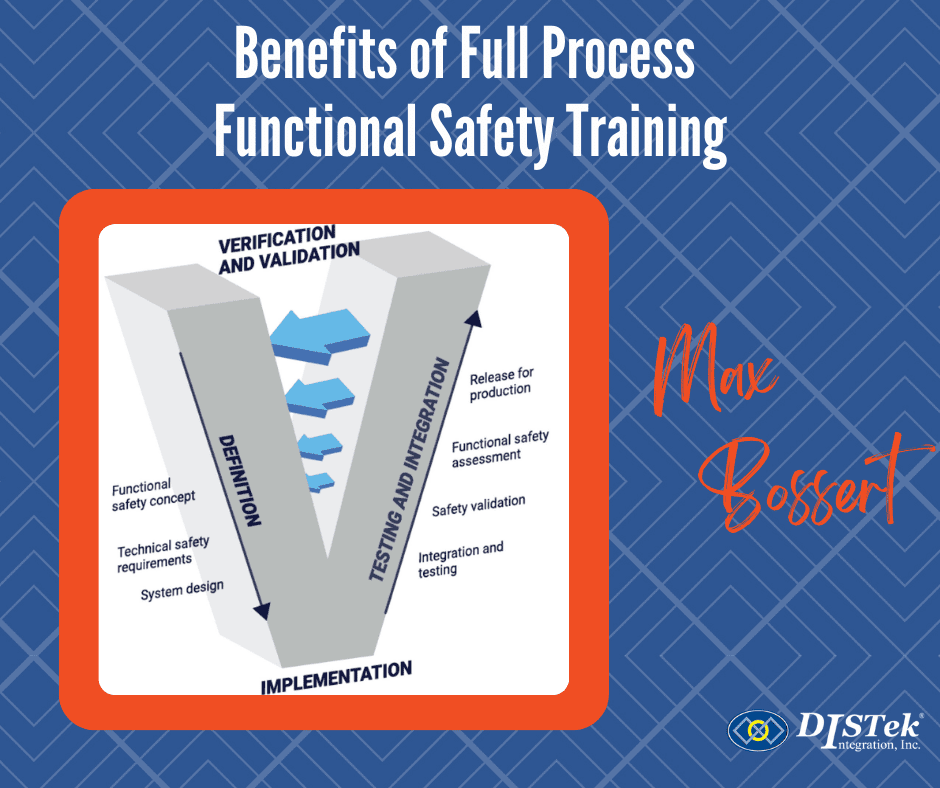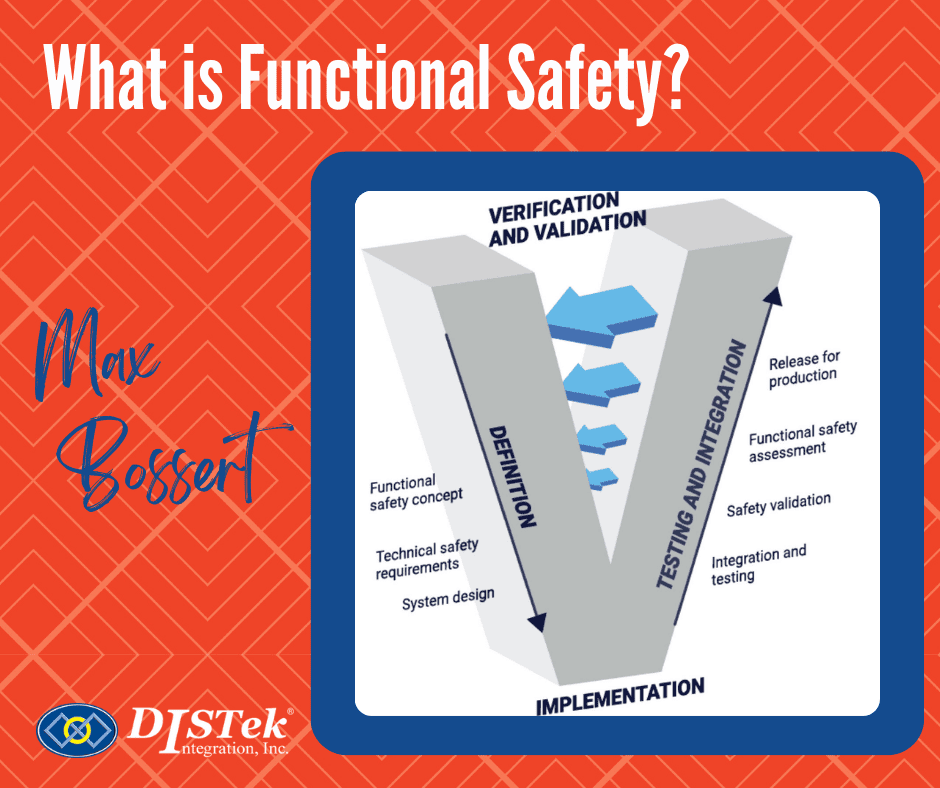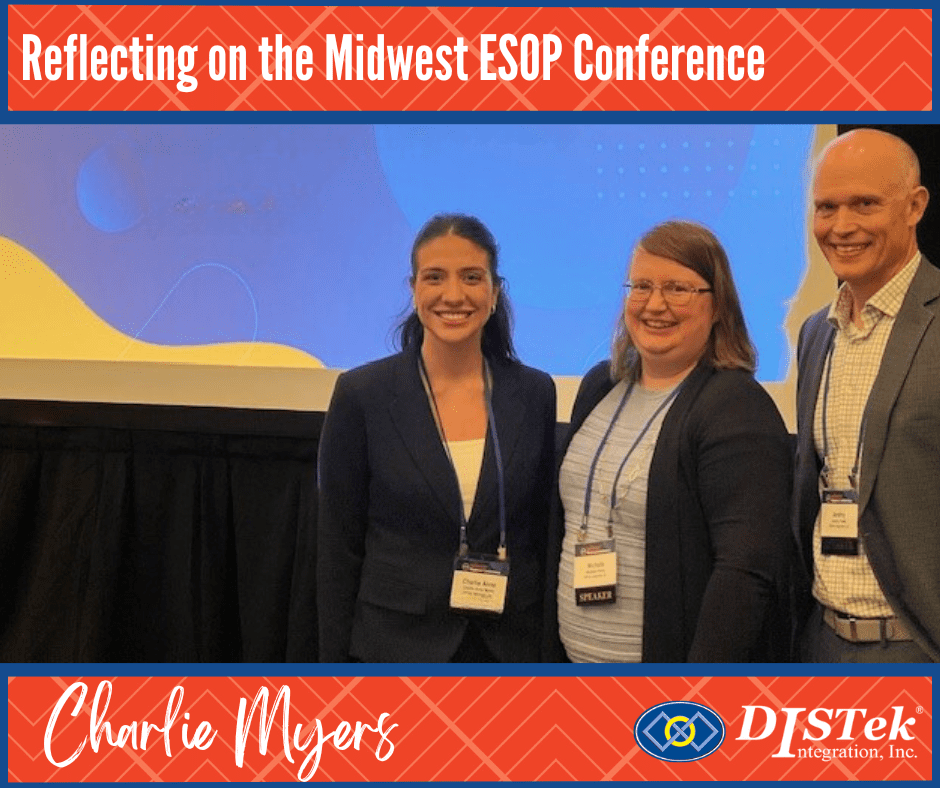Investing in Functional Safety (FuSa) processes requires a multitude of training hours, chewing into the project timelines. The increased requirement for documentation and traceability in design decisions slow down the progress, continuing to burn down the budget. Despite this fact, the market has spoken, and FuSa is now the future we anticipate. FuSa is a burgeoning market, with an estimated size of $14.24 billion by 2032 (Functional Safety Market Size & Share, Industry Analysis 2032, accessed 2/7/25). With regulatory compliance looming over many industries using embedded systems, organizations need to find a way to integrate FuSa through training all employees. Success with FuSa processes requires them to know about the full process, not only their scope of involvement. Employees invested in the process will produce higher value deliverables. They are better aligned to achieve safety goals through their ability to make informed design decisions, positively impacting the processes beyond only their FuSa scope.
There are many other benefits from investing in organization-wide FuSa training. From the set of benefits, we will review the top five.
- Proactive Risk Management and Problem Solving
When developers understand the full lifecycle of FuSa processes, they can anticipate and mitigate risks in the future. For example, developers who are aware of the FuSa process can identify potential safety issues early in the development cycle. They can use preventative measures to mitigate the risk of each safety issue identified. Besides effective risk management, identifying these issues early allows the developer to proactively solve problems. Developers architecting solutions early prevent revisions required late into the lifecycle of development. Revisions of this nature are usually associated with high cost and tedious rework.
- Enhanced Organizational Collaboration
When developers understand the full process, they empower themselves to use the FuSa jargon and vocabulary with higher precision and accuracy. This means that they communicate more effectively with the full team about the work, leading to more meaningful collaboration and inter-team communication. With enhanced collaboration, developers can understand the intention behind architects’ and other coworker design choices. This creates a positive feedback loop, progressively building a more connected workspace. Collaboration requires sharing, and in this case, a common language/vocabulary to achieve it.
- Improved Deliverables Quality
Developers with a full scope understanding of FuSa have the advantage of knowing their value added through deliverables. They connect their activities of modification, generation, and review of FuSa records back to actionable items in the overall FuSa process. This ensures that they can provide consistent compliance with the required documentation and development standards, while also driving the process forward for the organization. On the development side, engineers’ full knowledge of the FuSa process promotes the designing of a comprehensive set of test cases that evaluate identified hazards more thoroughly. The engineers’ understanding of the intent behind a requirement acts as the catalyst for this targeted test development.
- Informed Decision Making
When starting with development, it is important to architect the project in a way that reduces the risk of a major change to any main system. As discussed in Improved Deliverables Quality, understanding both the requirement and the intent behind it is important. The developer must keep both of those in mind when deciding on flexible design and coding methods early in the process. By doing so, they better align their activities to support the end goal of achieved Safety Goals. This means developers start with the best adaptable solution that is architected to allow modifications while maintaining standard compliance. It all boils down to the developers gaining the benefit of informed decision-making in their attempt to minimize future rework, change, or risk in general.
- Increased Accountability and Ownership
Bringing the developers in on the full process might overwhelm them at first, but eventually it will allow them to find how they best can add value to the FuSa process. Knowing their value increases their vested interest in a greater sense of responsibility to the goal of trying to develop functionally safe software. Beyond gaining a sense of ownership, they are more likely to hold each other accountable for their own respective FuSa responsibilities. Team members know role responsibilities from the training and apply it to reach out and request what they need to keep the FuSa process continuing forward.
At DISTek, we bring extensive experience in embedded software development and functional safety (FuSa) across a wide range of organizations, each with varying levels of process maturity. Once an organization has completed the Hazard Analysis and Risk Assessment (HARA), our team steps in to support the FuSa processes related to software development. Throughout this phase, we ensure that all necessary records and deliverables are created in line with the client’s defined processes.
Reach out to our team at sales@distek.com to discuss your embedded software development and functional safety needs today!






